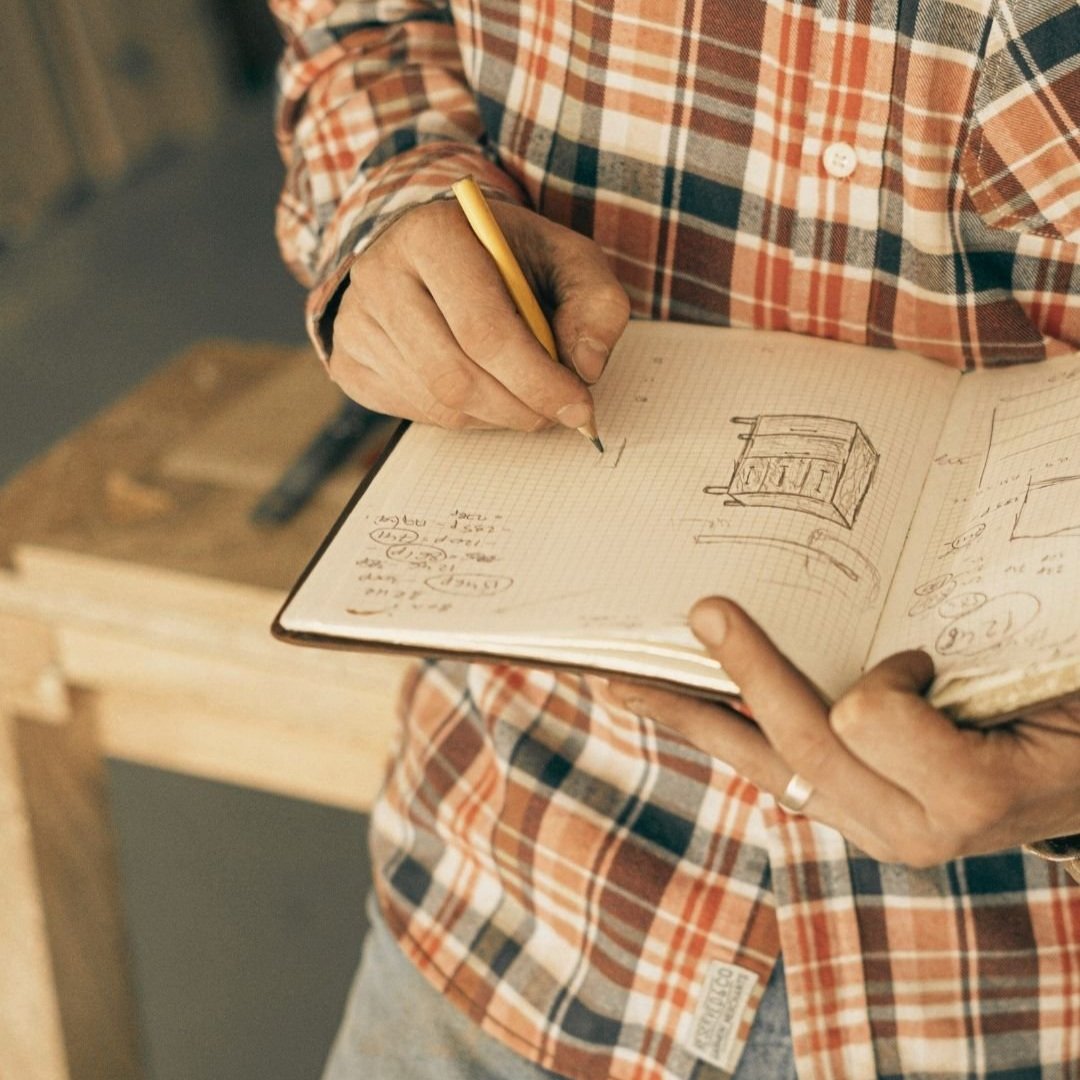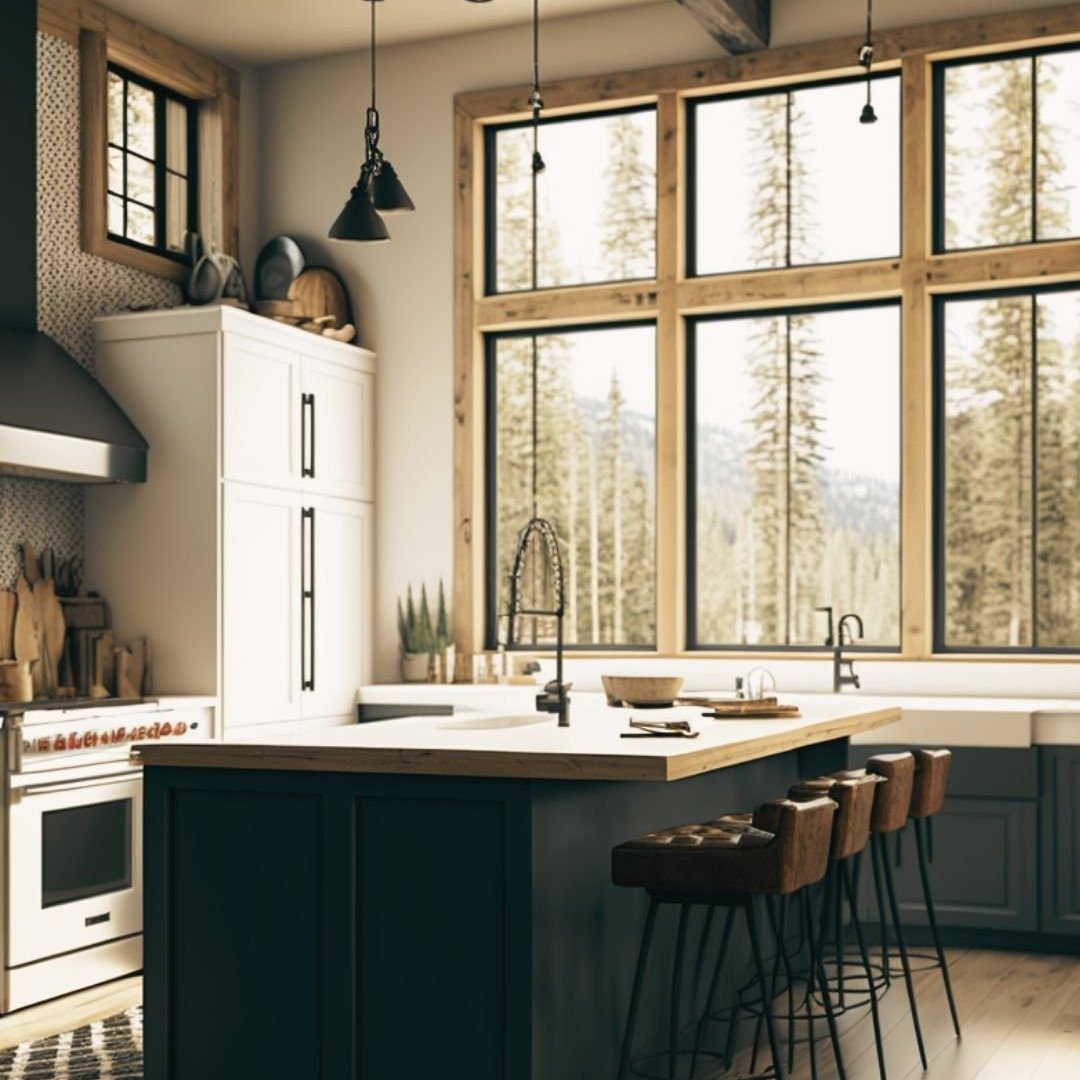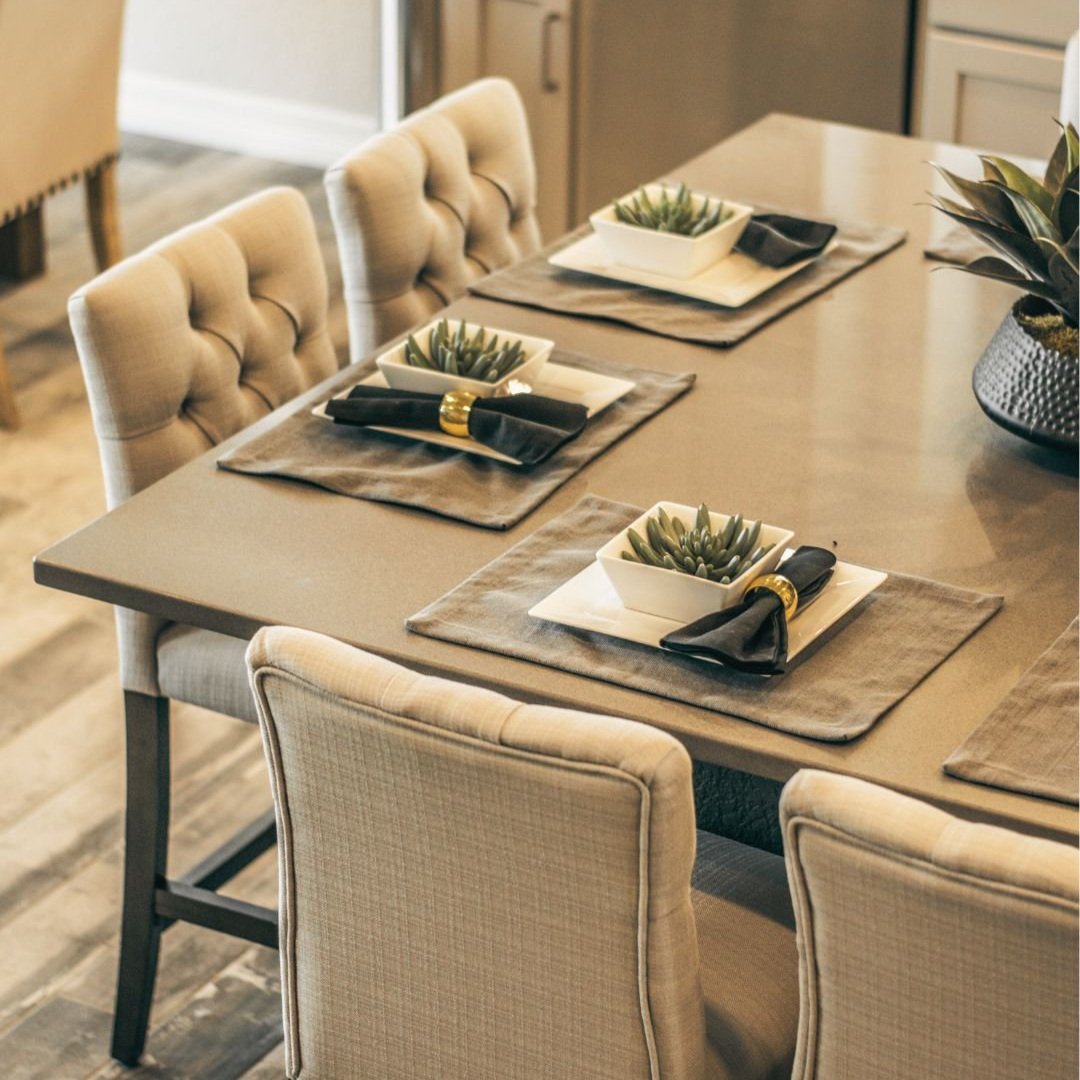I work with a lot of interior designers and they use a variety of project management software including Ivy, Mydoma, Studio Designer, Design Manager, Designdocs and self-hosted.
Which one is best for you? Hopefully the information below will help.
Ivy
Ivy’s website states - Our platform is designed to take the pain out of administrative tasks and allow designers to focus on the work they love. You don’t just get access to the Ivy platform, but also to our incredible industry resources, and the most powerful and supportive design community.
I’ve been told that Ivy has a low learning curve and is the user-friendlier version of Studio Designer. Ivy works well with direct integration with QuickBooks online including easily accepting credit cards. Ivy allows you to view project timelines without added data entry because estimated ship dates automatically go on the Project Calendar. Ivy will continue to add functionality to make it a strong candidate for the interior designer’s use.
Although it may be user friendly, it does take two programs to do what Studio Designer can do in one. Studio Designer is more customizable; however, Ivy is still very popular among interior designers.
Pricing: Basic $59/month or $599 paid annually
Essential $99/month or $999 paid annually
Unlimited $149/month or $1,499 paid annually
Plus, QuickBooks fees $40 per month
Try it: Ivy offers a 30-day refund. www.ivymark.com/
As of March 2018, Ivy sold to Houzz and has some designers questioning their partnership and ethics. I suggest doing your research on this before taking the plunge into Ivy.
Design Manager
Design Manager is an all in one software for project management, purchase order tracking, accounting, reports, inventory. Since Design Manager isn’t super user friendly it is often used by established design firms. Their website claims 70% of interior designers prefer Design Manager over QuickBooks.
Design Manager is the leading project management and accounting software for interior designers. Created in 1984 to respond to the requests of local interior design firms, it expanded into a nationwide software company and became one of the first providers of cloud-based design software. Because design firms have specific needs that cannot be answered by conventional software, it is our mission to provide a product that is dedicated to serving the design community. We deliver software that saves time, money, and frustration, while eliminating countless hours of paperwork.
Pricing:
DM Cloud $39.99/month
Pro Cloud $54.99/month
Save 10% by paying annually
Try it: They offer a free trial at https://designmanager.com/
Mydoma
Mydoma is a great organizational tool for your interior design projects. Many designers love the systems and processes and creating automations so that your business runs easier and Mydoma helps with this. The Mydoma platform helps with the onboarding process, a place to keep project info (ex: space info, before images, measurements, inspiration images), and a place to collaborate with your clients. Using Mydoma you are creating an online design studio/project binder to collaborate with your clients. You can have new clients sign contract, fill out onboarding questionnaire, and send initial payment all within the program. Great if you do e-design or smaller design packages.
This software is limited if you run a full-service interior design firm. And the accounting is in QuickBooks, so it requires double entry for products.
Pricing: $59 per month for Pro, plus QuickBooks fees $40 per month
Try it: Free 30-day trial. www.mydomastudio.com
Studio Designer
Studio Designer claims to be the leading application for interior design professionals. It provides project management and accounting systems for its users. In 2016, it created a Vendor Portal and Client Portal. In 2019, version 2.0 is a new streamline look and efficiencies.
It is a very robust and extensive program for every operation a design firm could face. This is a one-stop-shop for all your interior designer application needs. Because of this Studio Designer can feel overwhelming for a novice designer. It is an accounting program and project management program wrapped up in one. You can manage your entire business from this program. Accounting, Expediting, Ordering, Timelines, Reminders, Logistics, Inventory and so much more.
This program is very technical, and you may need an accountant that specializes in the program.
Pricing: Basic - $35/month
Professional - $45/month
Try it: Studio Designer does not offer a free trial, but they do offer pro-rated refunds, if you wanted to try it for a few days for a few bucks. www.studiodesigner.com/
DesignDocs
DesignDocs is a total project management and online accounting solution for the interior design industry. Founded by a husband and wife team (a Chartered Accountant and a Designer), DesignDocs provides a full suite of business management tools for interior designers. Additionally, the system gives access to valuable financial reports so designers can gain a strong understanding of their profit margins and identify areas in their business where they can increase revenue.
The software is ideal for full-service design firms who are looking to increase profits, improve their operational processes, and/or scale their businesses. Pricing: Solo $69/p month or $708 paid annually
Professional: $98/p month or $1,056 paid annually (minimum of 2 users)
Try it: Free 14-day trial. www.designdocs.com
Self-hosted
I know more and more interior designers that are going to a self-hosted type of program. They use landing pages on their websites, Pinterest, spreadsheets and processes to stay organized and on top of their businesses. This isn’t for everyone but if you are looking for a cost-effective way you may be interested in checking out a self-hosted system. Next week, I’ll be writing about how the self-hosted system works and why it might be beneficial to you!
As always, feel free to reach out if you have questions!





















































